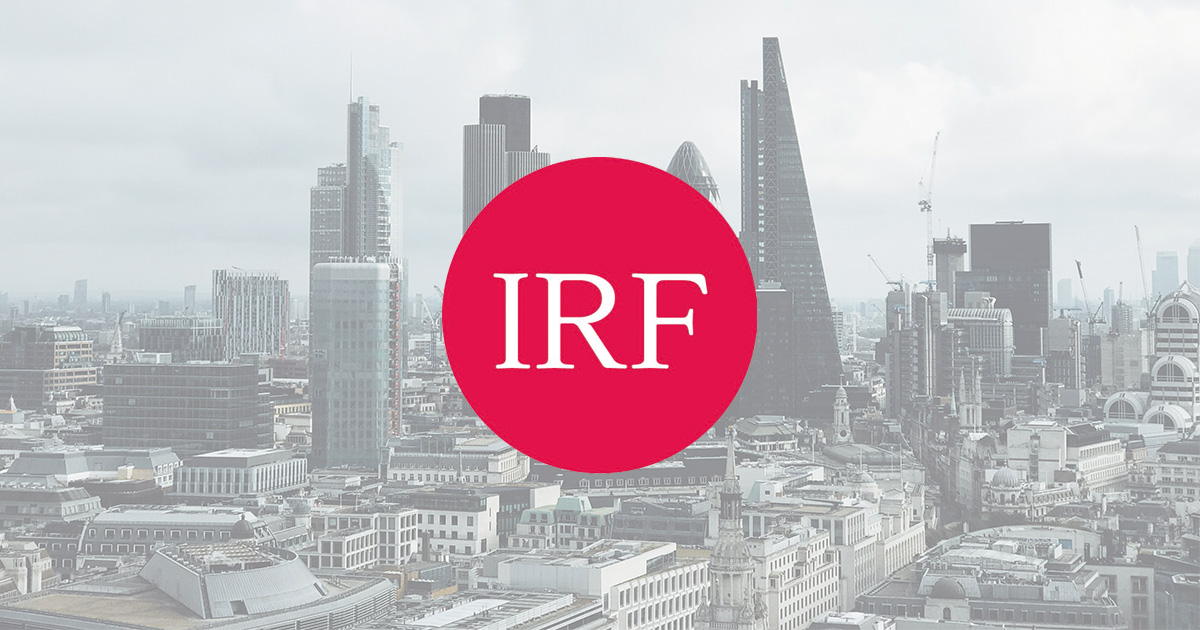Wed 17 Feb 2021 - 15:00
Summary
Dominique outlined how the Biden administration’s plan may have a chance at success by raising economic growth without inflation moving beyond the Fed’s comfort zone, at least until 2022. The plan is to run the economy hot until the mid-term elections in November 2022. With inflation remaining tame the Fed will taper “ever so gingerly” next year and as a result there will still be a great environment for risk assets, a continued rally, continued bond sell-off and continued appreciation of the dollar. However, 2022’s mid-term elections may very well lead to a fiscal cliff. The $1.9trn Biden Plan is likely to make for a deficit of 14-15% in FY21 against an output gap which is 3%; an unprecedented deficit-output gap ratio. As a result, there have be mass warnings of impending inflation, but in fact, such assertions are misguided. The primary motivation of the administration is guaranteeing their 10-seat congressional majority at the mid-terms, a fragile margin given the typical nature of results at such elections. While their Senate majority risk is reasonably balanced, the risk of losing the House is far greater. One of the reasons for this is the highly partisan re-districting process conducted every 10 years after a national census, these are determined by State legislature - of which the Republicans hold a majority. This enormous stimulus package, and moreover the cash distributions to households, are doubtless provoked by premonitions of mid-term critical losses. A secondary goal of the administration in running the economy hot is to reduce inequalities, a stated goal of Janet Yellen, newly appointed US Secretary of the Treasury. She has argued that a high-pressure economy reduces inequality by way of a strong labour market facilitating those at the bottom of the ladder making the largest gains. A strong labour market also compresses the distribution of wages. Understanding these motivations is important because, if correct, even if the economy does better than expected this administration will not decrease spending and with the election being in November 2022, this entails another year of deficit with the administration certainly unwilling to countenance a fiscal cliff before the country goes to the polls. This means turbo charged fiscal policy for at least 2 years, and for 2022 this likely entails a front-loaded infrastructure spending plan, passed by way of the Reconciliation procedure which allows budgets to pass the Senate with a minimal majority. This plan is likely to raise growth and inflation, but not to runaway levels and thus may well be a success. Compared to the output gap the unemployment-population ratio provides a much more profound picture of labour market slack. What those who are predicting mass inflation are missing is that, because of the K-shaped recovery, the slack in the economy is much larger than suggested by the output gap. This means there is plenty of scope to pursue this crazy fiscal policy while only generating limited inflation. This turbo charging of fiscal policy facilitates a return to the pre-pandemic levels of labour market slack so that by the end of this year we get YoY wage growth of 2.5-3%, this is roughly what we had before the financial crisis. Based on this we may have core inflation crossing 2% around the end of this year and close to 3% by the end of 2022.\nThe end to growth does not guarantee runaway inflation. Since the 1990s there has been a decoupling of money growth and inflation. While we saw an explosion of money growth with the stimulus packages, savings rates also rose dramatically. The other recipient of this increased liquidity was non-financial businesses and while this may increase inflationary pressure temporarily it will also increase the supply capacity of the economy which is inherently disinflationary.\nThis leaves us in a great position for a strong year for assets, the S&P500 could reach 4400, while yields could easily cross 2%. We can have higher yields and stock prices because the backdrop to both is strong growth with stable or limited increases in inflation. The US economy will likely be the first to fully open, the deficit will also dwarf those of the rest the world’s major economies, while the US equity market will outperform the rest of globe. The crux of this scenario and key to it playing out is participation growth.
Topics
The Fed narrative of benign inflation trends is likely to get tested if the recovery takes place sooner and faster than market expects, and there are rising risks of this happening
The market belief in Fed capping upside moves in yields could get invalidated as the Fed won’t be able to step up its asset purchases against a backdrop of strong economic recovery
She will discuss how to frame the issues, which key markets and economic variables to monitor and how to position portfolios accordingly
